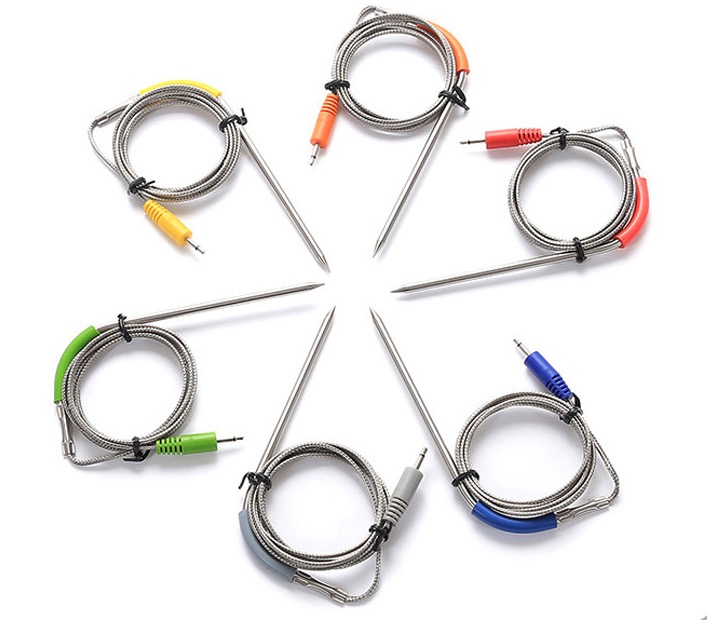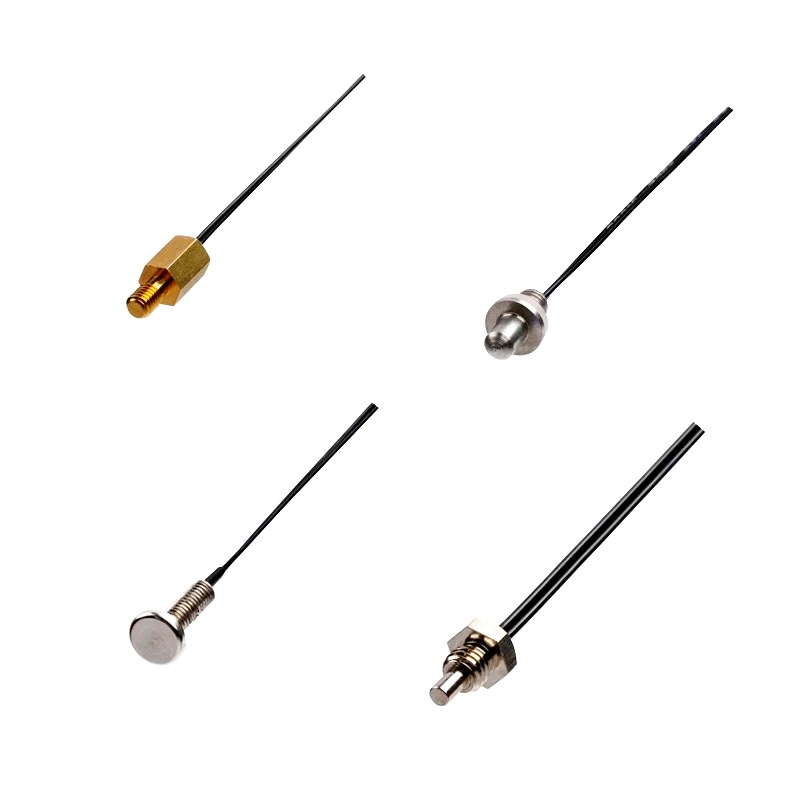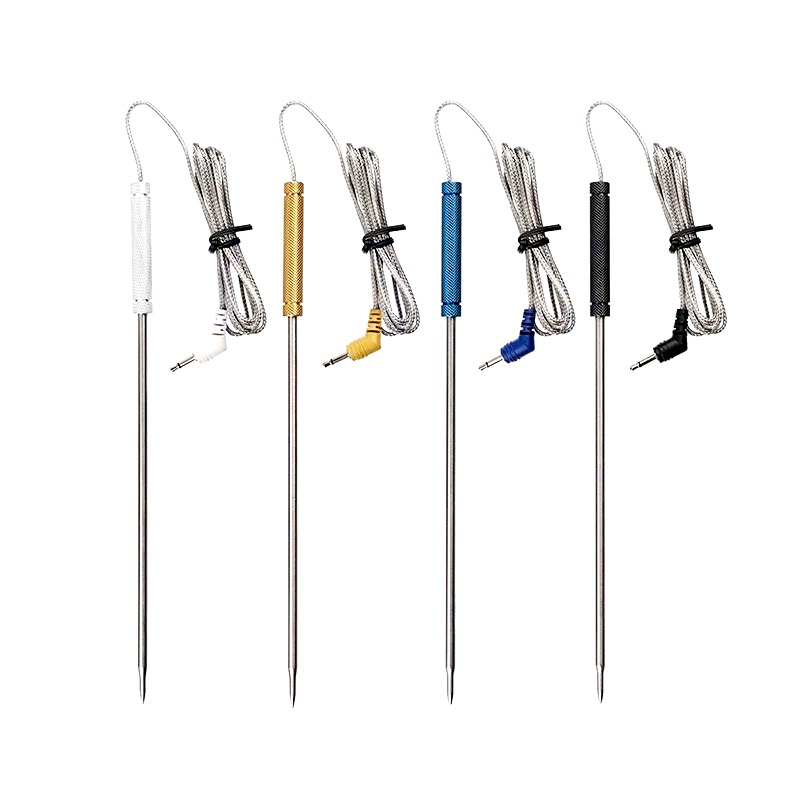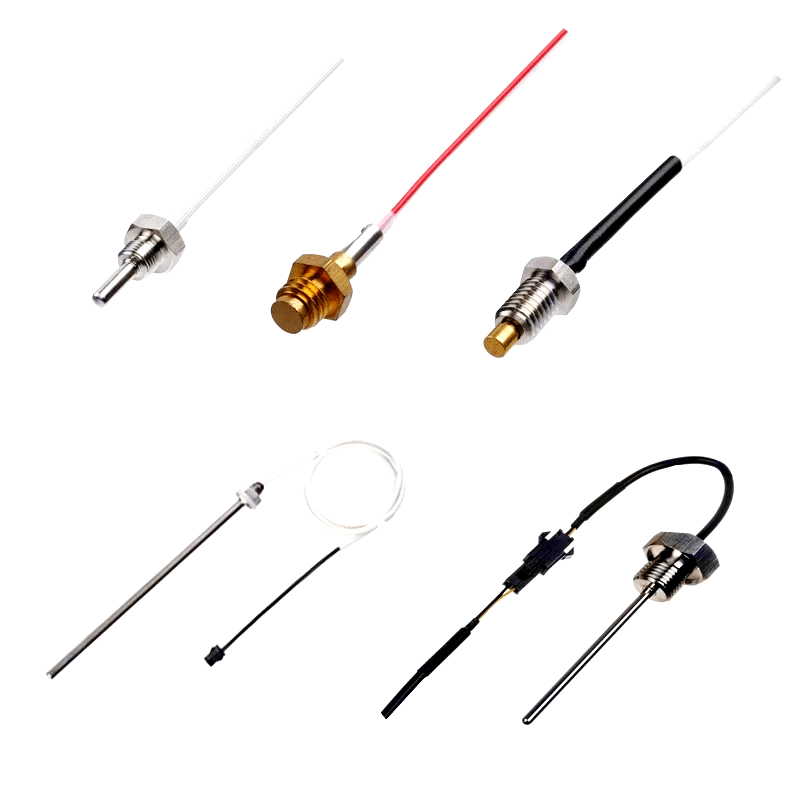
Smart Home Comfort: Govee Temperature & Humidity Sensor
Govee Temperature and Humidity Sensor: A Smart Home Essential Govee Temperature and Humidity Sensor: A Smart Home Essential Article Summary: Introduction Key Features Installation and Setup Benefits of Using Govee Temperature and Humidity Sensor Introduction In today’s connected world, smart home devices have become increasingly popular. One such device that has gained popularity among homeowners is the Govee Temperature and Humidity Sensor. This innovative sensor allows you to monitor and control the temperature and humidity levels in your home effortlessly. Key Features The Govee Temperature and Humidity Sensor comes packed with a range of features that make it an essential








